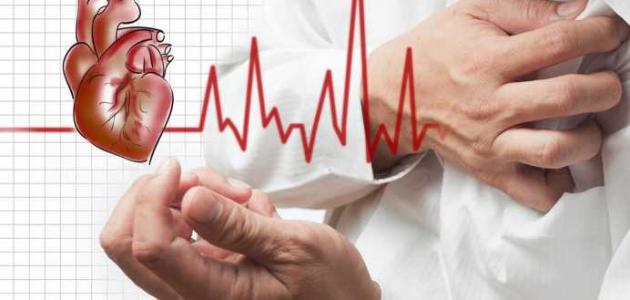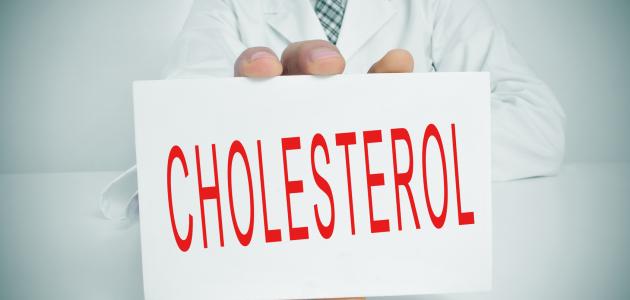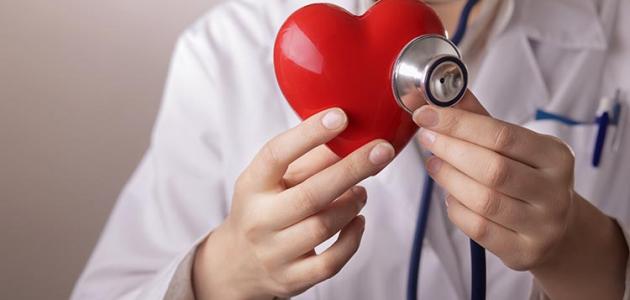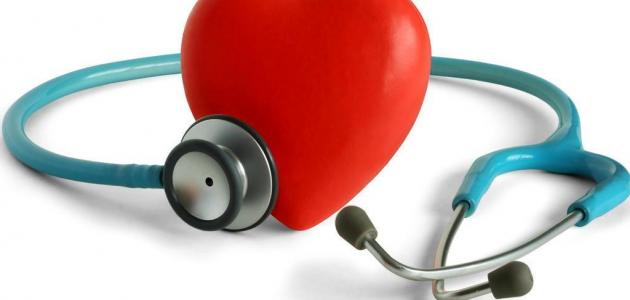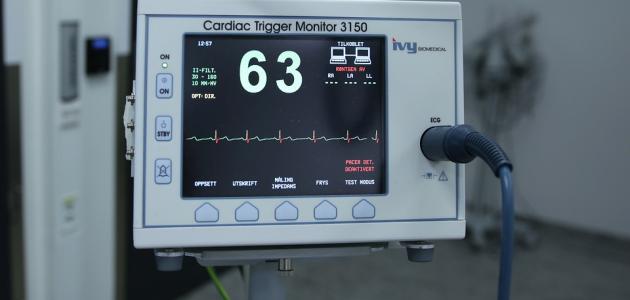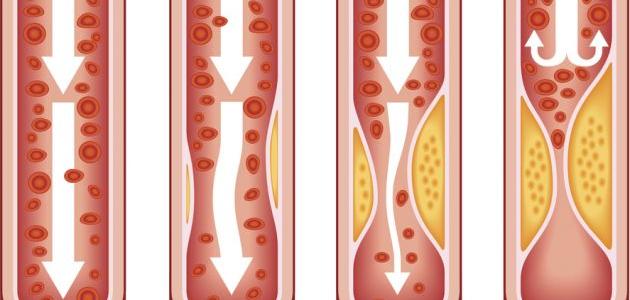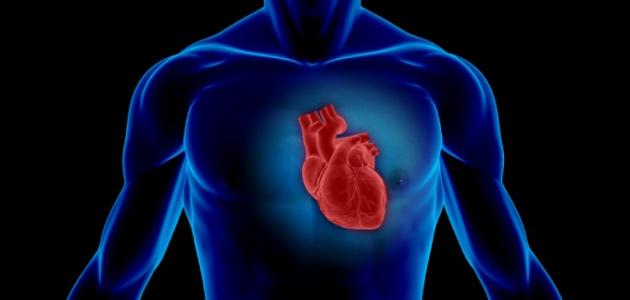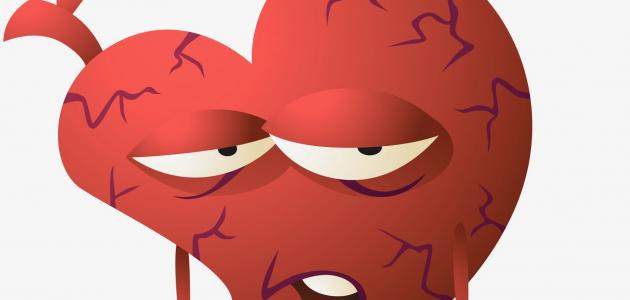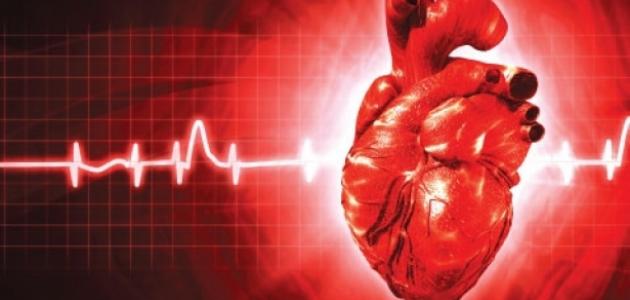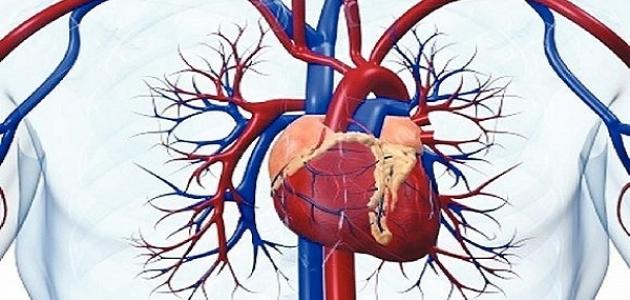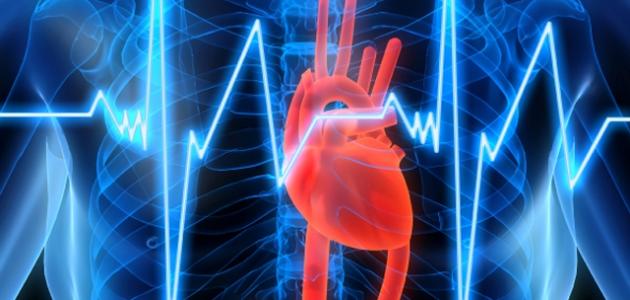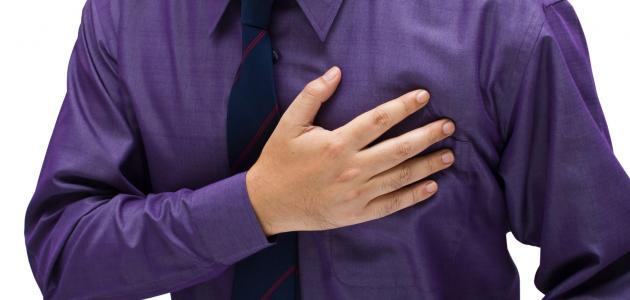Contents
Heart valve
The heart valve is located at the exits of the chambers of the heart to prevent the return of blood, thus ensuring its flow in one direction, and in fact there are four different valves in the human heart at the exits of the four chambers of the heart. [1]
Types of heart valve
The function of the heart valve varies according to its location in the heart, and the four valves and their functions are as follows: [2]
- Tricuspid valve: It separates the right atrium, which has blood from the body, and the right ventricle. This valve opens to allow blood to pass into the right ventricle, and then closes to prevent the blood from returning to the right atrium when pumped out of the heart.
- Pulmonary valve: The valve opens to enable blood to travel from the heart to the lungs to supply it with oxygen, and then it closes.
- Mitral valve: Also known as a bicuspid valve, it separates the left atrium, which is filled with blood from the lungs and is rich in oxygen, and the left ventricle. The valve opens to allow blood to pass into the left ventricle, then closes to prevent the blood from returning to the left atrium.
- The aortic valve: It separates the aorta and the left ventricle, and this valve opens to enable oxygen-rich blood to pass into the body, then it closes to prevent the blood from returning to the left ventricle.
Heart valve disorders
The heart valves may be subjected to various disorders that prevent them from functioning properly, and among these disorders are the following: [3]
- Flashback: the case of reflux when no LED 's ability to close completely, causing the amount of blood back to the previous room, this situation occurs because casting flap valve back.
- Stenosis: Stenosis occurs due to the increase in thickness or rigidity of the valve flap, which leads to narrowing of the valve opening and obstructing the passage of blood.
- Darn: case Darn when there is no LED because of a congenital deformity, which prevents proper blood transmission between the heart chambers.
Causes of heart valve disorders
There are many reasons that may lead to suffering from heart valve disorders, and among these reasons are the following: [4]
- Birth defects.
- Infective endocarditis, which is an inflammation of the heart tissue.
- Fever Rheumatism .
- Calcium deposition due to aging.
- Heart attack.
- Coronary artery disease.
- Cardiomyopathy.
- Hypertension.
- Atherosclerosis .
- Disease lupus .
- Aneurysm or dilatation of the blood vessels.
Symptoms of heart valve disorders
Symptoms and signs that appear in people with heart valve disorders vary depending on the severity of valve disease. Many people have symptoms of these disorders only in severe cases that affect blood flow from the heart, and these symptoms include the following: [4]
- Shortness of breath .
- Heart palpitations.
- Fatigue and fatigue.
- pain in chest.
- Dizziness .
- Unconsciousness.
- headache.
- Water retention in the limbs and abdomen.
- Pulmonary edema is caused by fluid accumulation in the lungs .
Complications of heart valve disorders
Heart valve disorders can lead to many health complications, and these complications include: [3]
- Heart failure .
- brain attack.
- Blood clots form .
- Abnormal heart rhythm.
- Death.
Diagnosis of heart valve disorders
Often the specialist doctor begins the diagnosis of heart valve disorders by using a stethoscope to hear the heartbeat to detect an irregularity in its rate if present, as well as to hear lung sounds to detect fluid accumulation in it, and he also conducts a set of tests, including the following: : [4]
- Electrocardiogram: It is possible through the electrocardiogram to detect the presence of abnormalities in the heart rhythm.
- Echocardiography: cardiac echo heart chambers and valves, and thus through which to detect the presence of any abnormalities in the valves satisfactory.
- Cardiac catheterization: can through this method to determine the type and severity of the illness in the valve.
- X-ray imaging: The aim of X-ray cardiac imaging is to detect the presence of an enlarged heart muscle.
- Magnetic resonance imaging: This magnetic resonance imaging scan (MRI scan) gives a more accurate picture of the heart to help diagnose and determine the appropriate treatment for the patient's condition.
- Cardiac stress test: This test identifies the symptoms that appear during stress, and it may help to know the stage of disease progression.
Treating heart valve disorders
Treatment for heart valve disorders depends on the type and severity of the condition, and the symptoms associated with it. Possible treatment options include: [5]
- Adopting a healthy lifestyle: It is advised to make some lifestyle changes for patients with heart valve disorders, and these tips include the following:
- Eat healthy food.
- Maintaining an ideal weight, and reducing weight in case of obesity.
- Get regular exercise.
- Refrain from smoking .
- Avoid stress .
- Surgical operations: Heart valve disorders can be treated by performing surgery to correct valve disease, and in the event that the valve is severely damaged, the damaged valve can be removed and another valve installed.
- Drug treatments: There are many groups of drugs that can be used to relieve symptoms of heart valve disorders, and to prevent further damage to the valves. Among the medicines that are used to treat heart disease in general are the following: [1]
- Diuretics: They work by removing excess water from the blood and tissues, to relieve symptoms of heart failure.
- Anti-arrhythmic medications (medications) to maintain the normal rhythm of the heart.
- Vasodilators: They reduce stress on the heart muscle, help blood flow forward, and prevent its backflow through the valve.
- ACE inhibitors: to treat high blood pressure and heart failure.
- Beta blockers: To reduce the stress on the heart muscle by reducing the speed and strength of the heartbeat , treating high blood pressure, and controlling heart palpitations.
- Anticoagulants: to prevent blood clots from forming.
References
- ^ A b "An Overview The Heart View Of Disease Valves" , the www.webmd.com , Retrieved 14-2-2018. Edited.
- ↑ "Roles of Your Four Heart Valves" , www.heart.org , 9-9-2016, Retrieved 14-2-2018. Edited.
- ^ A b "Heart View Valve DISEASE" , Www.mayoclinic.org , 3-2017, Retrieved 14-2-2018. Edited.
- ^ A b v Janelle Martel (19-1-2018), "Heart View Valves disorders" , Www.healthline.com , Retrieved 14-2-2018. Edited.
- ↑ "Heart valve disease" , www.mayoclinic.org , Retrieved 14-2-2018. Edited.
